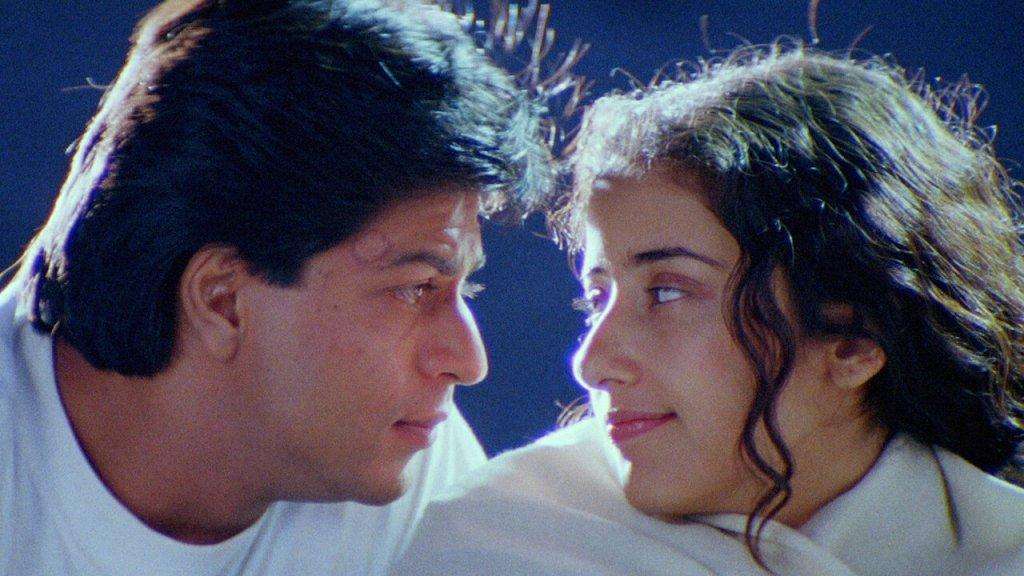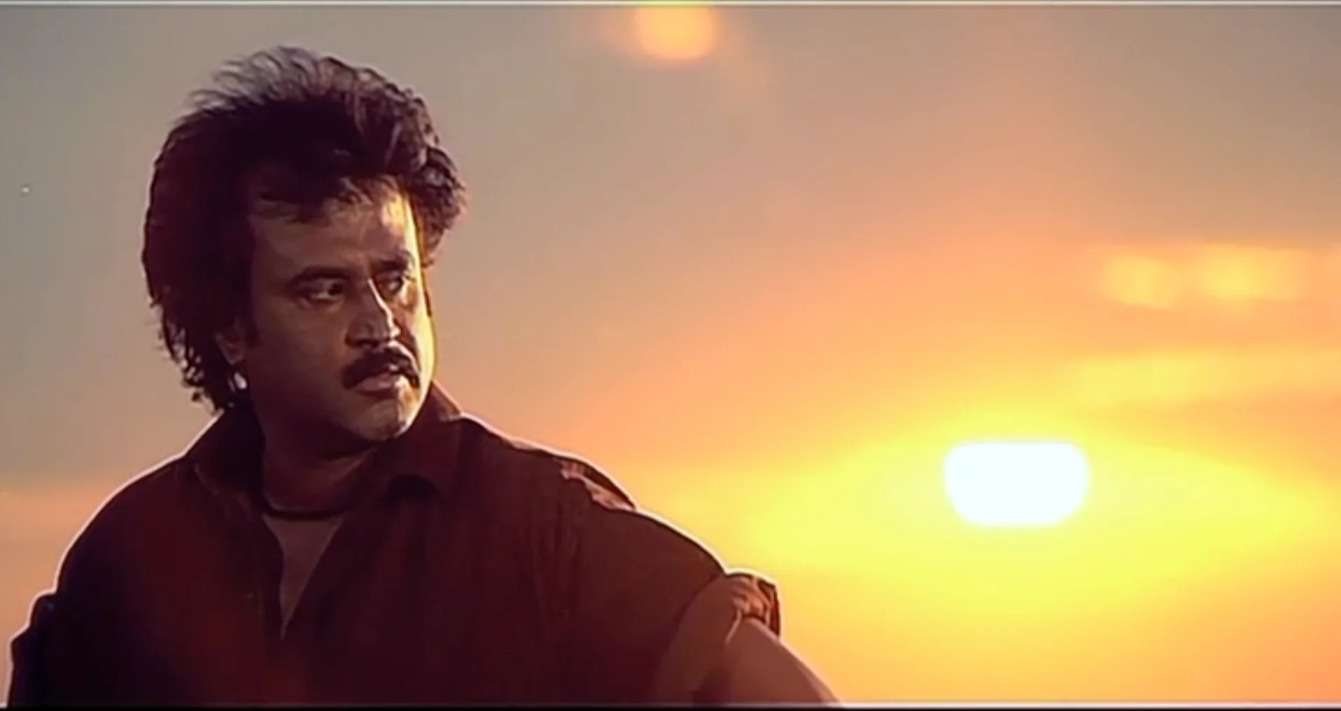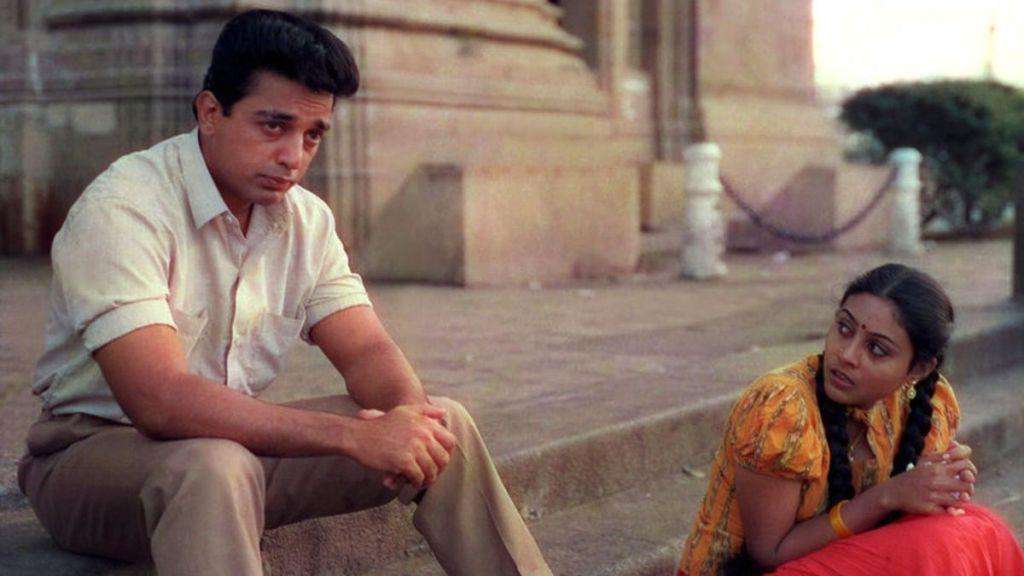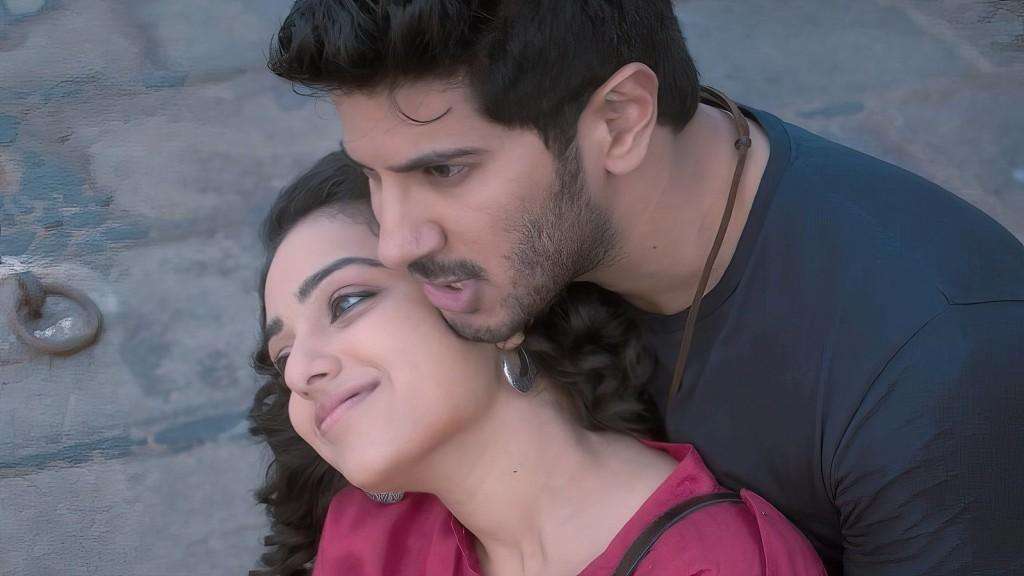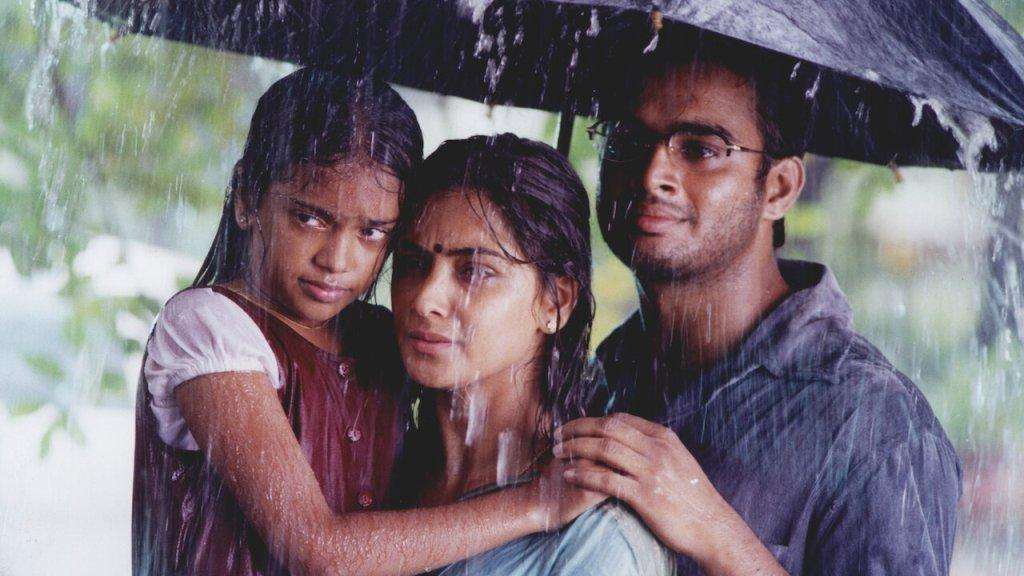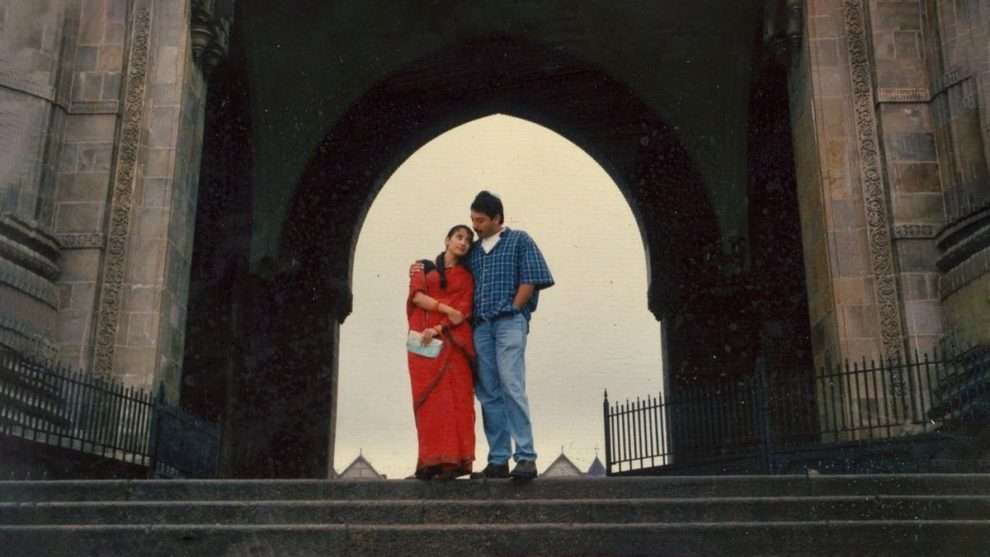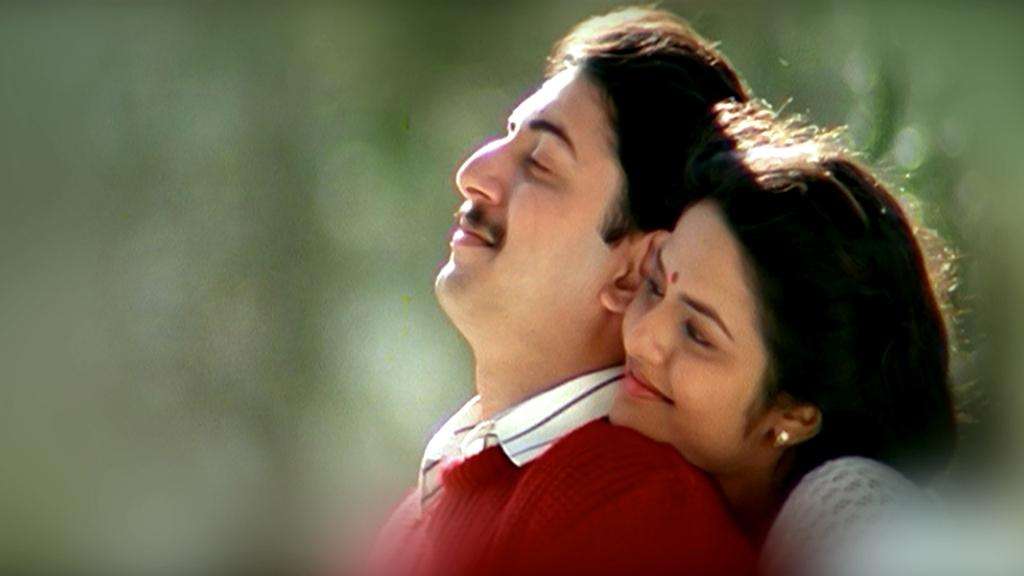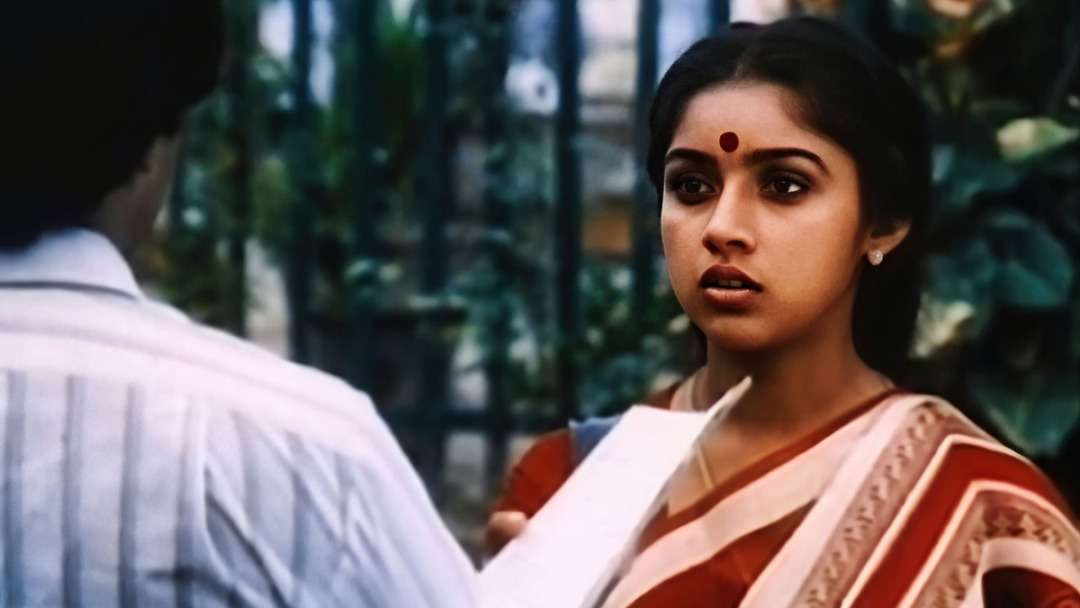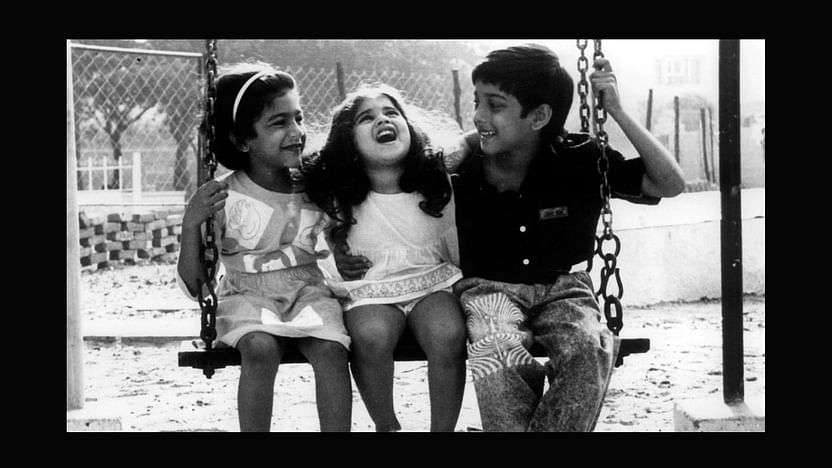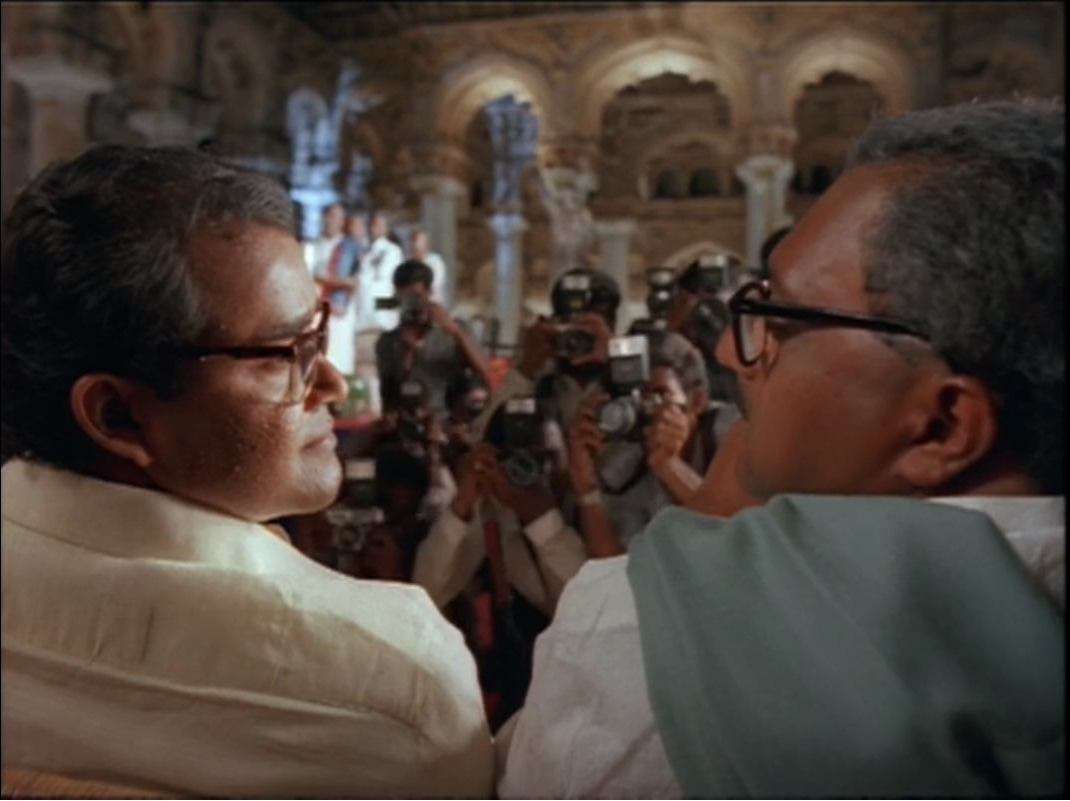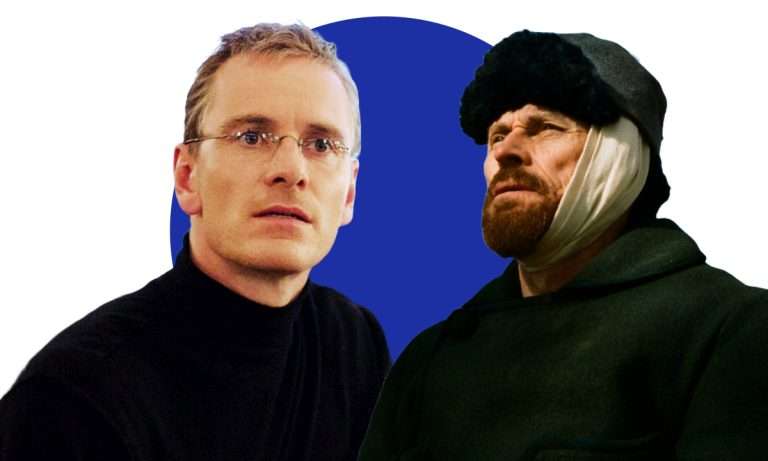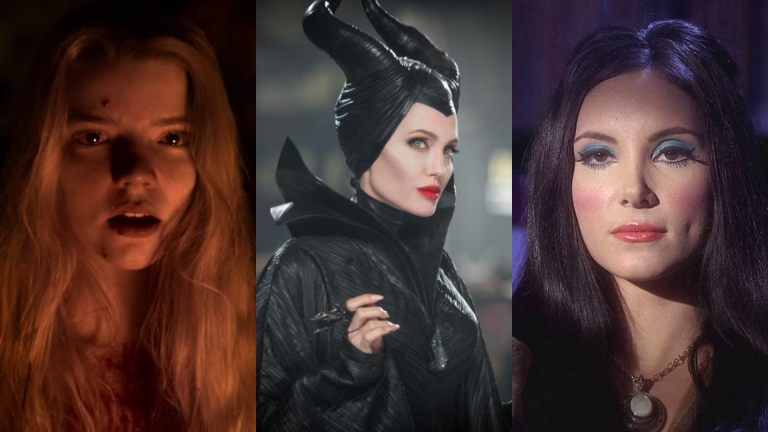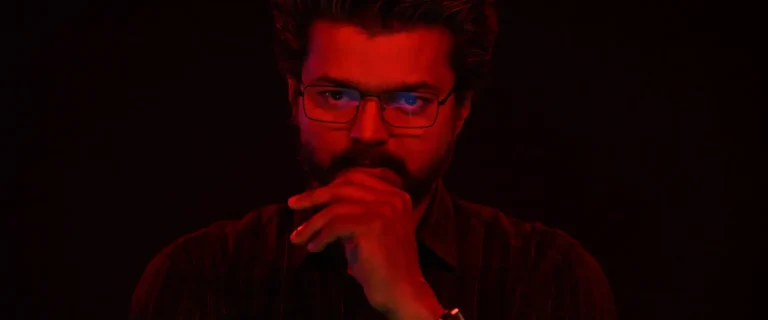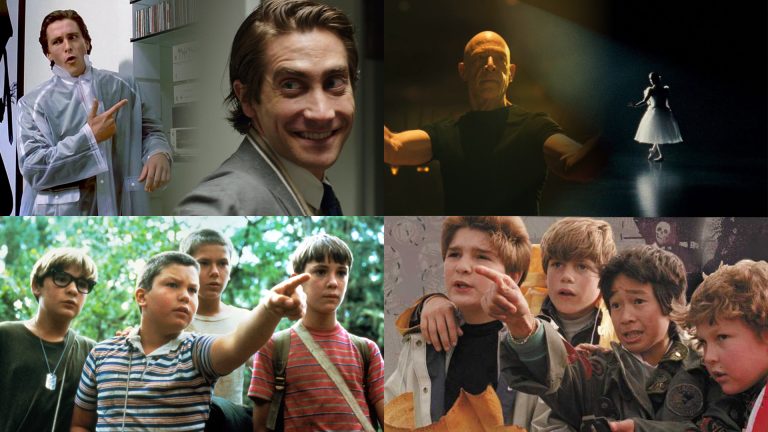Ten Best Mani Ratnam Movies: In the vast realm of Indian cinema, Mani Ratnam’s storytelling prowess contains a distinct and magical cinematic touch. Given his massive experimentation with imagery in mainstream filmmaking, it is surprising to know that Mani Ratnam entered the film industry without any formal training in filmmaking. A typical management consultant dissatisfied with his work, Mani Ratnam found inspiration and purpose in cinema. One can say he learned from the legends like Akira Kurosawa, Francis Ford Coppola, Stanley Kubrick, and so on. Though his first two films were commercially unsuccessful, Mani Ratnam persisted with his desire to create pathbreaking works that significantly differed from the conventional film language of the era’s Tamil cinema. He kept on improving his storytelling brand, which slowly and steadily made the audiences get acquainted with his visual storytelling techniques.
Recommended Read: Raj Kapoor – Director’s Study
Each of his films presents singular cinematography experiments that guide us through the characters’ emotional journeys and immerse us in their vibrant worlds. Be it a passionate relationship drama that breaks through conventional norms (in Bombay or Alaipayuthey) or an exploration of the inner turmoil of the enraged characters (Velu Naicker in Nayakan or Surya in Thalapathi), with his unique brand of storytelling, Mani Ratnam can profoundly impact his audience. In fact, each and every frame of his films tells a story of its own.
Mani Ratnam has been making movies for over four decades, and most of his works remain relevant even to the current generation. Though he has predominantly worked in the Tamil film industry, he has also made films in Kannada, Telugu, and Hindi languages. Moreover, his movies have utilized many sociopolitical issues plaguing the nation as a concrete background for character conflicts. Through his visually striking films, he calls for harmony and unity and poses some serious, thought-provoking questions. Now let’s get into the list of 10 best Mani Ratnam movies that impressed me the most:
10. Dil Se.. (1998)
Dil Se is one of the most expressive and passionate love stories made in Indian cinema. Nestled in the backdrop of insurgent and counter-insurgent conflict in Assam, Dil Se challenges the conventional romance film formula by embracing the darker shades of love. Every exquisite frame captures the intriguing yet unsettling nature of the romance between the central characters- Amar (Shah Rukh Khan) and Meghna (Manisha Koirala).
Right from their meet-cute moment to the devastating climax, Mani Ratnam brings his central characters together with extraordinary passion; particularly intriguing is Amar’s intense desire for intimacy and love. AR Rahman’s iconic soundtrack and Santhosh Sivan’s breathtaking cinematography perfectly complement Mani Ratnam’s visual poetry. Dil Se is said to be a journey through the seven shades of love that are defined in ancient Arabic literature. Those shades are attraction, infatuation, love, reverence, worship, obsession, and death. Amar, played by Shahrukh Khan, passes through each shade during the course of the narrative.
Though the film received a relatively lukewarm response at the box office, it slowly earned a cult status, with people still swooning over a dreamy SRK dancing over the top of the train.
Related to Mani Ratnam Movies: 25 Years Later: Love, Politics, and Identity in Dil Se
9. Thalapathi (1991)
A modern interpretation of Karna’s story from Mahabharatha, Thalapathi is one of the finest Tamil films about friendship and loyalty. There is a particular scene where all the central characters – from two different sides – are engaged in a heated discussion. Mani Ratnam’s skillful mise en scene and Santosh Sivan’s dynamic cinematography bring forth a memorable intensity and somber quality to the scene, leaving a lasting impact. And in another beautiful scene that reunites the mother and son, the filmmaker makes a yellow cloth or scarf as a character in itself that facilitates their heartwarming reunion.
Rajinikanth plays Suriya, who represents Karna, the son of Sun God. Keeping this in mind, the sun becomes a recurring visual motif in Thalapathi, emphasizing Surya’s poignant transformation throughout the narrative. It is moments like these that capture the sheer brilliance of Mani Ratnam.
Rajinikanth is a Tamil superstar known for his exaggerated and crowd-pleasing performances, quite contradictory to the subdued acting in Mani Ratnam’s films (or what the actor himself did in his earlier films). In fact, the genius of Mani Ratnam brought the best of both worlds – Rajinikanth in his finest performance without compromising his unique swagger and Mani Ratnam making an easily accessible gangster drama without straying away from his distinct filmmaking style.
8. Nayakan (1987)
Over the years, several filmmakers have created their own versions of Francis Coppola’s classic- The Godfather (1972). Mani Ratnam’s Nayakan has to be one of the finest among them. The film immerses us in the tumultuous world of Mumbai’s underworld, and its true strength lies in the robust characterization and social milieu. Kamal Haasan as Velu Naicker offers a tour de force performance, capturing the essence of a feared yet generous’ gangster’s rise and fall. The direction finely balances the crime drama’s gritty realism and cinematic nature, making it a timeless classic in Tamil cinema.
The film’s socio-political undercurrents, including the struggles of the Tamil community in Mumbai, add layers of complexity to the narrative. Ratnam’s exploration of the protagonist’s long life journey from being an orphaned young boy to a feared underworld don is a gripping study of character development.
The famous dialogue from Nayakan during the climax, “Neengu Nallavar Kettavara?” (are you a good or bad person?) summarizes Velu’s grey-shaded protagonist. From a boy who took up arms to dispense justice to his final days, the man lives with his losses and grief while unwaveringly committing himself to what he believes is right and wrong. Nayakan also boasts an evocative score by Ilaiyaraaja, with the haunting “Thenpandi Cheemayile” becoming an anthem of sorts for the film. Ratnam’s attention to detail in recreating the era brings further authenticity to the immersive narrative.
Related to Mani Ratnam Movies – 25 Years of Satya: An Iconic Indian Gangster Film
7. OK Kanmani (2015)
In his earlier romantic dramas like “Mouna Ragam” and “Alaipayuthe,” Mani Ratnam portrayed love and relationships from a somewhat traditional perspective, eventually emphasizing on themes of commitment, family values, and societal expectations. With OK Kanmani, Mani Ratnam updates his romantic dramas with an ultra-modern outlook and captures the nuances of modern relationships among the millennials. Set against the backdrop of bustling Mumbai city, OK Kanmani revolves around Adi (Dulquer Salman) and Tara (Nithya Menen), two young and ambitious individuals who are reluctant to commit to a married relationship but are deeply drawn to each other. By giving his lead characters, Adi and Tara, a defined character arc, Mani Ratnam is able to show us the youths’ struggle as they are caught between modernity and cultural obligations. We deeply understand why they say what they say.
With its refreshing portrayal of love and unconventional approach to the age-old institution of marriage, OK Kanmani strikes a chord with the audience. The film’s strength lies in its ability to delve into the dilemma of its protagonists, exploring their dreams and desires while highlighting the changing dynamics of modern urban relationships.
With OK Kanmani, Mani Ratnam challenges his own style of storytelling, proving that he has no plans to confine himself within a set template. I would also like to take a moment here to nudge the readers not to compare the half-baked Hindi version to the original.
6. Kannathil Muthamittal (2002)
Kannathil Mutthamittal is yet another significant and stirring Mani Ratnam classic set in the backdrop of a raging political conflict (the Srilankan Civil War, in this case). Based on a short story by Sujatha, the film’s exploration of motherhood, loss, and reconciliation will deeply resonate with the viewers. The narrative primarily revolves around nine-year-old Amudha (Keerthana)
Amudha’s personal conflict when she learns that she is adopted becomes the crux of the drama. Through Indira (Simran), Amudha’s foster mother, Mani Ratnam explores a whole new side of motherhood. Indira’s emotional struggle to convince Amudha that she equally loves all her three children and always sees Amudha as her firstborn really strikes a chord. Amudha’s search for her Tamil birth mother takes Indira and her writer husband, Thiruchelvan (Madhavan), deep into the wartorn heartland of Sri Lanka.
Through Shyama (Nandita Das), Amudha’s birth mother, Mani Ratnam explores another dimension of motherhood, quite opposite to Indira’s struggle. Mani Ratnam shrewdly utilizes the backdrop of sociopolitical unrest to offer his take on identity, loss, and displacement. Kannathil Mutthamittal won six National Awards and premiered at the Toronto International Film Festival (TIFF).
5. Bombay (1995)
Set against the backdrop of the 1992-1993 Bombay riots, Bombay explores the love story between Shekhar (Aravind Swamy) and Shaila Bano (Manisha Koirala), who hail from different religious backgrounds from rural South Tamil Nadu. Shekhar belongs to a prominent Hindu family, while Shaila hails from an orthodox Muslim family. The familial resistance to their alliance forces them to elope to Bombay. While they think everything is going to be peaceful in the urban environment, their life takes an unexpected turn six years later when the Babri Masjid demolition leads to Bombay riots and their entire family is caught in the deadly social unrest.
What sets Bombay apart in Mani Ratnam’s oeuvre is its exquisite balance between personal and political narratives. Bombay’s heartwarming quotient is the way it navigates the complexities of love, family, and religion amidst a backdrop of identity politics and violence. While Mani Ratnam’s Bombay serves as a stark glimpse of the horrors of the riot that plagued the nation, he also uses the narrative to dramatically dispense the message of communal harmony. The music, composed by A. R. Rahman, is nothing short of iconic, resonating both the agony and passion of the characters.
Related to Mani Ratnam Movies – All Anurag Kashyap Movies Ranked, from Worst to Best
4. Roja (1992)
Roja catapulted Mani Ratnam to national acclaim, and rightfully so. Loosely based on the mythical legend of Satyavan Savithri, Roja is a romance thriller that tackles the issues of insurgency and terrorism in Kashmir. The titular character’s husband, Rishi (Aravind Swamy), a civil servant, gets kidnapped by the militants of a separatist group, leaving Roja to navigate her way through the rigid bureaucracy to save him. Through Rishi’s captivity and Roja’s struggle to rescue her husband, Mani Ratnam subtly explores both sides of the conflict in Kashmir.
Like all of Mani Ratnam’s female characters, Madhubala’s Roja shows immense courage and willpower in the face of adversity. Roja was the first movie in Mani Ratnam’s unofficial ‘Terrorism Trilogy’ (followed by ‘Bombay’ and ‘Dil Se’). All three films examine different aspects of love and relationships through the realistic and emotionally overwhelming settings of political turmoil. Produced by the legendary Tamil filmmaker K. Balachander, Roja marks the first of the many fantastic collaborations between Mani Ratnam and A. R. Rahman.
3. Mouna Ragam (1986)
Mouna Ragam presents one of the brilliantly written female characters from the 80s Tamil cinema: Divya, played by a charming Revathi. Through her unique characterization, Mani Ratnam asks some honest, thought-provoking questions that challenge our country’s arranged marriage setup. Divya is a free-spirited woman who is grieving the loss of her lover (Karthik). Subsequently, she finds herself forced into an arranged marriage. The narrative focuses on how Divya copes with this new chapter in life as she moves with her husband, Chandra Kumar (Mohan), to Delhi.
Mani Ratnam elegantly delves into the emotional turmoil of a young woman caught between the expectations of society and her own desires. She struggles to come to terms with her past, which pushes her to lash out at her husband. There’s a lot of maturity and sensitivity in the way Divya’s journey of acceptance and self-discovery is handled in the narrative. It would not be fair if I did not mention the brilliant characterization of Divya’s husband, Chandrakumar, here. Though immensely in love with her unapologetic persona, Chandrakumar is always on the receiving end of Divya’s tantrums in the initial days of their wedding. Still, the considerate manner with which he understands Divya’s reluctance makes us genuinely empathize and root for him. Mouna Raagam has stood the test of time and remains one of Mani Ratnam’s evergreen classics.
Related to Mani Ratnam Movies – The 5 Best Gautham Menon Movies
2. Anjali (1990)
Mani Ratnam’s Anjali offers a heartwarming journey into the intricacies of childhood innocence and the challenges of raising a mentally challenged child. The titular character, Anjali, is a four-year-old with severe developmental disabilities, and the doctors declare that she will not live long.
Anjali is the third child to her parents, subtly performed by Raghuvaran and Revathi, who all live in a gated community. Mani Ratnam blends poignant storytelling with genuine performances from the cast, especially the child actors – Shamili, Tarun, and Anu (as Anjali’s siblings). Shamili, who plays Anjali, provides a pitch-perfect performance that looks unbelievable for a child her age. She received the National Award for Best Child Actor the following year.
Once again, Revathi instills a poignancy to her character, Chitra, and through her, Mani Ratnam portrays the agonies of a mother. Her everyday struggle to build a connection with her disabled daughter while also caring for her other two children really breaks our hearts. The family’s outcast status and isolation within the sophisticated, urban community after Anjali’s arrival makes us emotionally connect with their predicament. More than three decades after its release, Mani Ratnam’s nuanced take on a delicate subject and the children’s extraordinary performances still make Anjali an unforgettable viewing experience.
1. Iruvar (1997)
Mani Ratnam considers Iruvar (‘The Duo’) as his best work to date. Interestingly, this sweeping political drama on the giant figures of Tamil Nadu’s Dravidian parties didn’t do well at the box office. Maybe it was a film the audience wasn’t ready for back then. But Iruvar, through its compelling characters and universal themes, deftly focuses on the shifting power dynamics between its two friends-turned-foe protagonists. DoP Santosh Sivan and Mani Ratnam once again provide a masterclass in visual storytelling that every aspiring filmmaker in India should definitely watch.
While Iruvar deals with Mani Ratnam’s familiar themes of friendship and rivalry – like in Agni Natchathiram and Thalapathi – here the filmmaker shrewdly utilizes the turbulent political landscape of Tamil Nadu back between the 1950s and 1980s when M. Karunanidhi and MG Ramachandran transformed themselves into the powerful politicians of the Dravidian Movement. Mohanlal and Prakash Raj are perfectly cast in the central roles of Anandan and Tamizhselvan, whose restrained performances elevate Iruvar into one of the most elegant and emotionally affecting political dramas of all time. Another reason to cherish Iruvar is because it marks the acting debut of the great Aishwariya Rai. Though this meticulously conceived drama failed at the box office, it has gained a cult following over the years.

